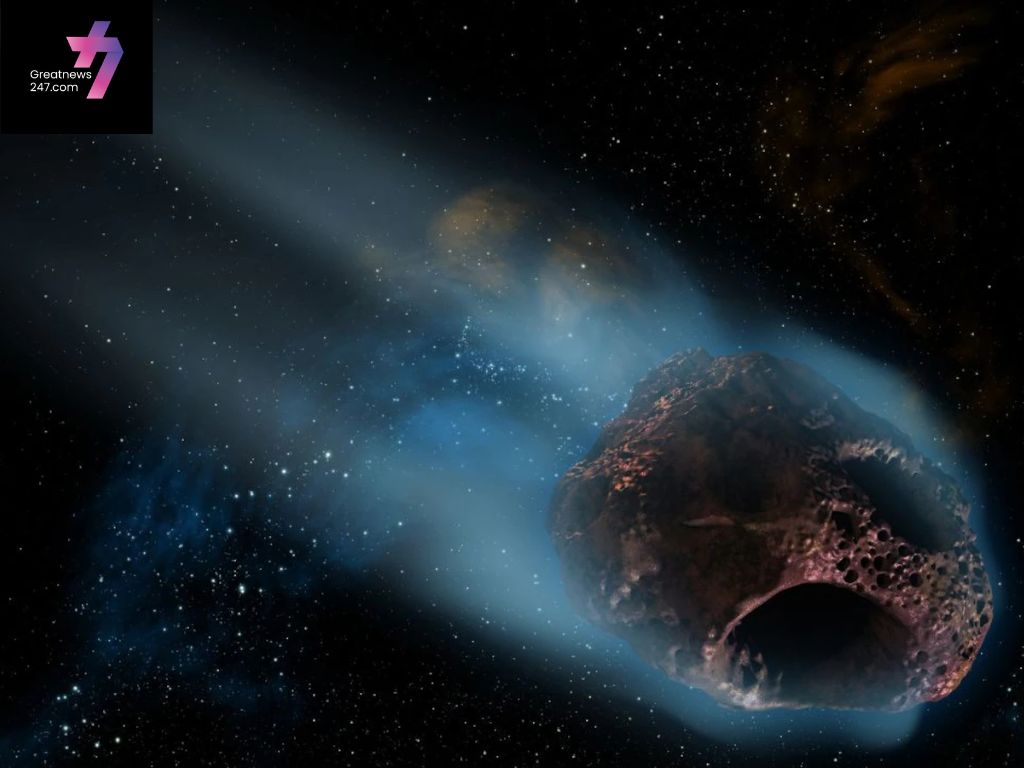Sunita Williams Isn’t Stuck in Space: NASA Clarifies Her Duration at the ISS
Recent news about astronaut Sunita Williams has sparked curiosity and concern, leading to some confusion about her current situation aboard the International Space Station (ISS). Contrary to some reports, Williams is not “stuck” in space, but there are important details about how long she can remain on the ISS. NASA has recently provided clarity on this matter, addressing the duration of her stay and the reasons behind it.
Sunita Williams, an esteemed astronaut with a remarkable career, is currently on a mission aboard the ISS. While the term “stuck” might suggest an unexpected or problematic situation, NASA has clarified that her extended stay is part of a well-planned schedule and is not due to any technical issues or emergencies.
Williams, who has previously spent extensive time in space, is now participating in a mission that requires a prolonged presence at the ISS. The decision to extend her stay was made based on a variety of factors, including mission objectives, crew rotation schedules, and operational requirements. NASA’s explanation helps demystify the situation and highlights the complexities involved in managing space missions.
The Planned Duration of Her Stay
According to NASA, the length of Williams’ stay at the ISS is determined by a number of logistical and scientific considerations. Typically, astronauts are assigned to the ISS for missions that last around six months, though this can vary. For Williams, her extended stay is part of a strategy to ensure that the station’s research and maintenance activities continue smoothly.
NASA’s decision to keep Williams at the ISS longer than initially planned is aligned with mission goals and the need for experienced crew members to support ongoing experiments and operations. The ISS is a hub of scientific research, and having experienced astronauts like Williams on board is crucial for the success of numerous experiments and the maintenance of station systems.
### The Role of Crew Rotation
Crew rotation is a fundamental aspect of space missions. The ISS operates with a rotating crew, and each astronaut’s stay is carefully coordinated to ensure a balance between new arrivals and departing crew members. Williams’ extended stay is part of this rotation strategy, which ensures that there is always a mix of experienced and new astronauts on board.
NASA carefully plans these rotations to optimize the station’s operations and research activities. While some might view an extended stay as unusual, it is a common practice in space missions, particularly when experienced astronauts are needed for specific tasks or ongoing projects.
The Importance of Experience
Sunita Williams’ extensive experience in space is a significant asset to the ISS mission. Having previously spent considerable time aboard the ISS, she brings a wealth of knowledge and expertise that is invaluable for the successful execution of scientific experiments and the day-to-day management of the space station.
Williams’ experience also contributes to crew training and mentoring. Her presence on the ISS provides a unique opportunity for newer astronauts to learn from her, which is an essential component of mission success. The knowledge transfer between experienced astronauts and newcomers helps ensure the smooth operation of the station and the continuity of scientific research.
Mission Objectives and Research
The ISS serves as a unique laboratory in space, allowing scientists to conduct experiments in a microgravity environment that cannot be replicated on Earth. The experiments conducted on the ISS cover a wide range of scientific disciplines, including biology, physics, astronomy, and materials science.
Williams’ extended stay allows her to contribute to ongoing research projects and experiments. Her involvement is crucial for the successful completion of these projects and the advancement of scientific knowledge. The results obtained from the ISS research have far-reaching implications for space exploration, technology development, and our understanding of fundamental scientific principles.
NASA’s Commitment to Astronaut Safety
NASA’s primary concern is the safety and well-being of its astronauts. The decision to extend Williams’ stay at the ISS was made with careful consideration of her health, safety, and overall mission objectives. NASA continually monitors the health and performance of its astronauts, ensuring that they are fit for duty and that their missions proceed as planned.
The space agency has a robust system in place for managing astronaut health and safety, including regular medical check-ups, psychological support, and contingency plans for emergencies. Williams’ extended stay is a testament to NASA’s confidence in her ability to handle the demands of spaceflight and contribute effectively to the mission.
Conclusion
In summary, Sunita Williams is not “stuck” in space but is on an extended mission at the ISS, a decision made for strategic and operational reasons. NASA’s clarification highlights the complexity of managing space missions and the importance of experienced astronauts like Williams in supporting scientific research and station operations. Her extended stay is part of a well-coordinated plan to ensure the continued success of the ISS mission and the advancement of space science.



